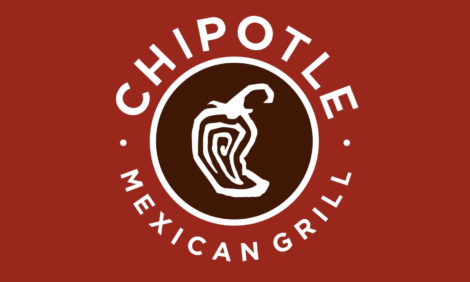



U.S. Pork Industry Leadership Engages With China
CHINA - U.S. pork industry leaders on Tuesday (Sept. 18) returned from a nine day visit to Beijing and Nanjing organized by the U.S. Meat Export Federation (USMEF) to take part in unprecedented exchanges with Chinese industry and government representatives on many bilateral pork trade issues.
The travel coincided with China’s hosting of the bi-annual International Meat Secretariat World Pork Congress (WPC) and the China International Meat Industry Exhibition (CIMIE) in Nanjing this past weekend.
U.S. delegation members, including leadership from USMEF, the National Pork Board (NPB), and the National Pork Producers Council, first met with key pork organizations in Beijing to discuss the U.S.-China trade relationship. High on the list of discussion topics was the current disruption of U.S. pork exports to China due to China’s zero tolerance policy on residues of selected compounds that are approved in the United States, but not in China.
The meetings also provided an opportunity for the U.S. pork industry to reiterate its interest in China as an export destination and to highlight the ability of the U.S. industry to supply pork during the current market shortage in China, which has seen short hog supplies and near-term record prices.
The U.S. delegation met with leaders from China’s meat and hog raising industries and with key officials in China’s quarantine and inspection agency and the Ministry of Agriculture’s (MOA) Veterinary Bureau. The team also met with senior trade officials, including the Chinese Vice-Minister of Commerce and Madame Ma Xiu Hong, whose portfolio includes oversight of all U.S.-China bilateral trade issues.

On the issue of current pork access, the U.S. delegation noted that the de-listing of 11 U.S. plants due to ractopamine findings had chilled U.S. pork exporters’ interest in China. The U.S. group pointed to the unfortunate timing of the trade problems, since buying interest was high on the Chinese side due to tight pork supplies. The delegation cited its presence in China as an indication of its desire to expedite a solution that would allow normal trade to resume.
U.S. pork industry leaders offered to share any information available to assure Chinese officials of the U.S. pork safety, and ideas were exchanged with Chinese quarantine officials on the possibility of conducting a risk assessment on the safety of ractopamine. China outlawed the compound and the usage of all other beta agonists in its livestock industry in 2002. MOA officials stated in their meetings last week that China’s aversion to beta agonists stems from past improper usage of the beta agonist Clenbuterol.
After several days of meetings in Beijing, the delegation traveled to Nanjing, host of this year’s IMS World Pork Congress, where they met with the leadership of China’s rapidly growing meat processing industry. A major theme of the Chinese presentations was the opportunities and challenges of an industry that is characterized by world class state-of-the-art meat processing enterprises coexisting with thousands of less sophisticated operations.
“Our delegation now has heightened appreciation of the sophistication of China’s meat industry leaders,” said delegation member John Hinners, USMEF assistant vice president, industry relations. China now produces approximately 9 million tons of processed meat and output continues to expand by double digits. But with the top 10 companies still accounting for a relatively low share of this output, more industry consolidation is in store, according to speakers at the conference.
A topic of great interest to the U.S. delegation is the current state of China’s pork market, which was also discussed during the WPC. According to Chinese economists, Chinese pork prices, at a record-high in U.S. dollar terms this summer, resulted from a cyclical low in the production cycle, losses from a virulent PRRS strain, high feed prices and torrid economic growth.
Some noted that a market correction had already started, with national average pork prices in August falling over 11 percent from their July highs. Death losses from PRRS also abated, according to reports.
“The China/Hong Kong market is the fourth largest for U.S. pork exports,” said USMEF President and CEO Phil Seng. “Therefore, Chinese pork market dynamics are of great interest and importance to our industry.”
Through July, U.S. pork and pork variety meat exports to China, buoyed by the current strong market, increased 57 percent in volume to 57,166 metric tons (126 million pounds) and 68 percent in value over the pace of the same period last year.

Two U.S. pork packers exhibited at the USMEF booth in the CIMIE exhibition, which was held in conjunction with the WPC and mostly showcases products from China’s top meat processing enterprises.
“We participated this year to arouse awareness of U.S. interest in supplying Chinese enterprises with high quality U.S. processing material, but also to showcase the quality of our products through sampling,” said Joel Haggard, USMEF senior vice president for the Asia Pacific region.
Haggard reports interest was strong, especially given the media attention to recent reports of major Chinese purchases of U.S. pork.
The U.S. Meat Export Federation is the trade association responsible for developing international markets for the U.S. red meat industry and is funded by USDA, exporting companies, and the beef, pork, lamb, corn, sorghum and soybean checkoff programs.






